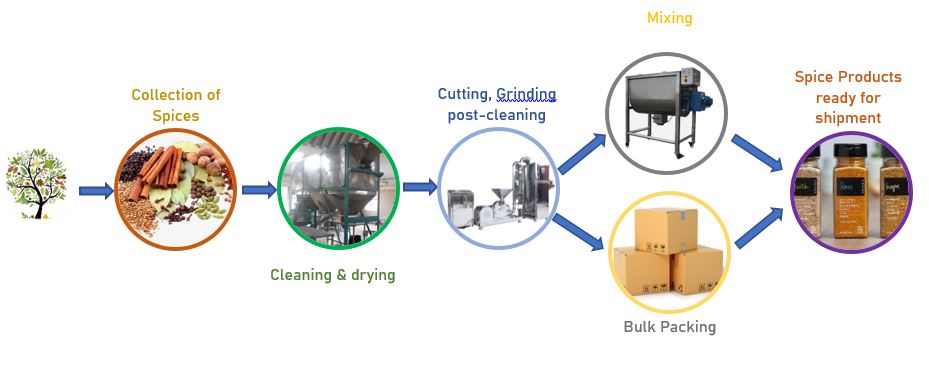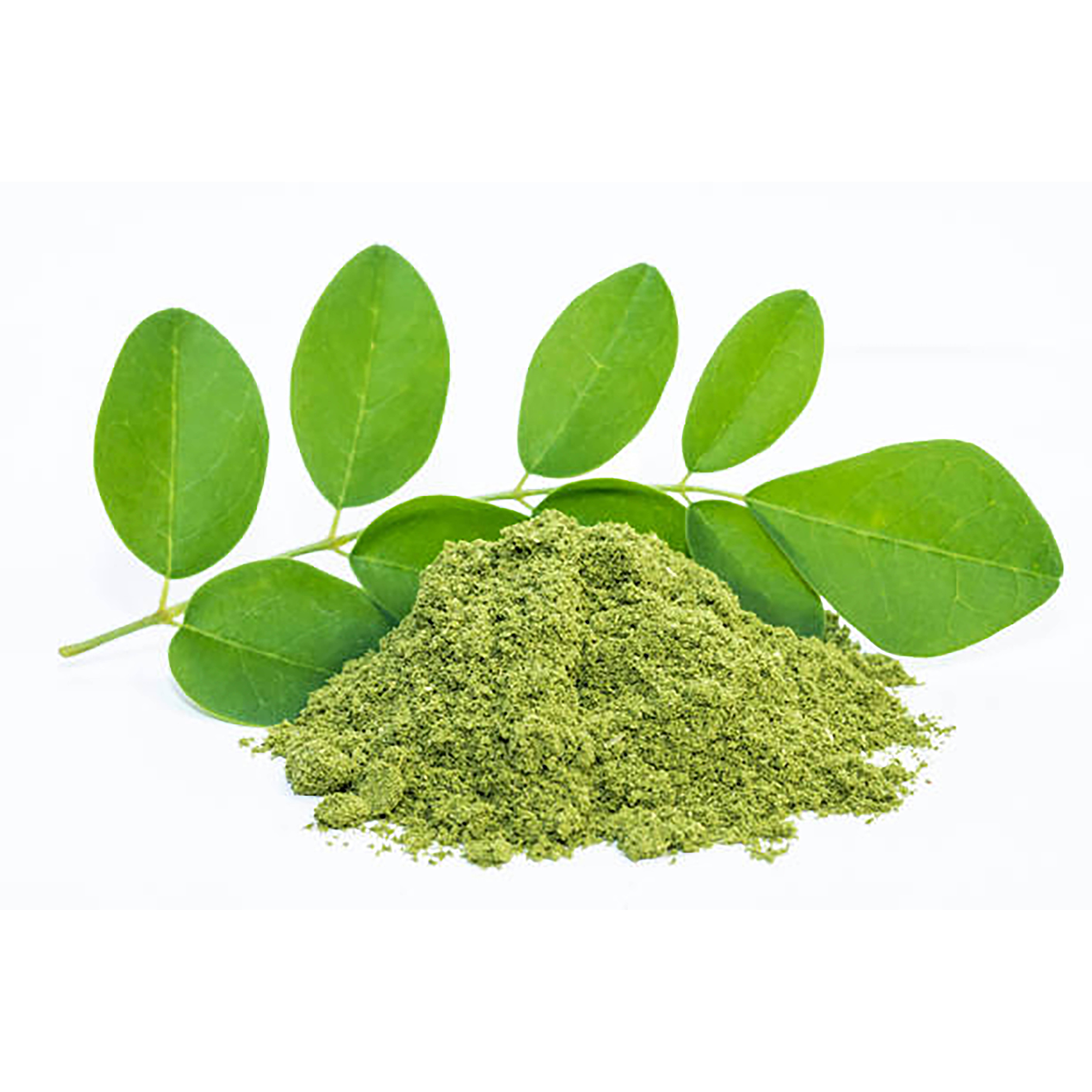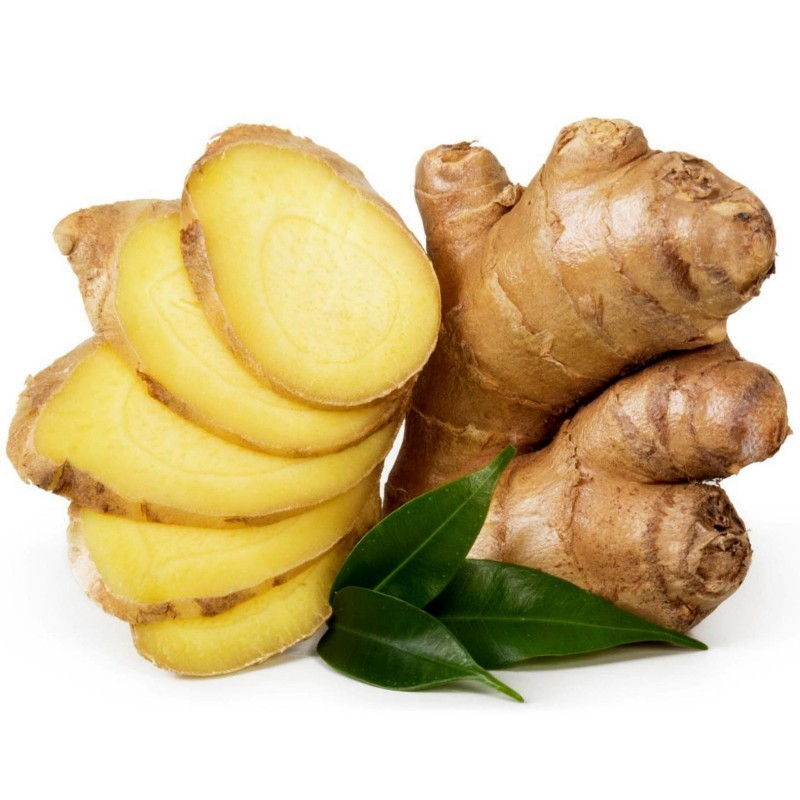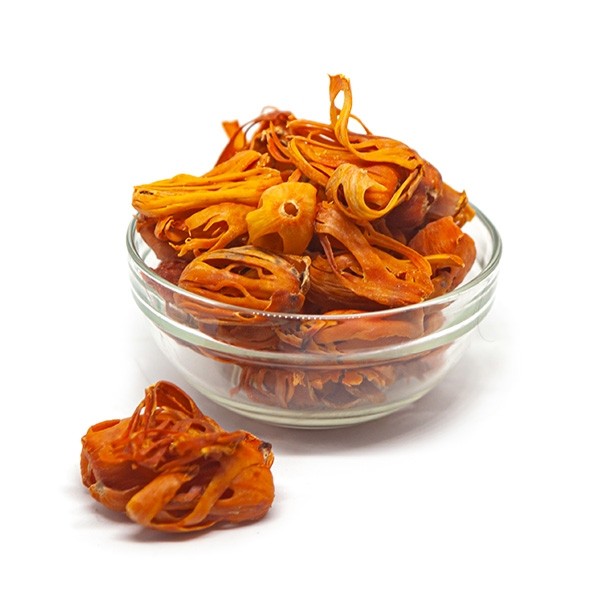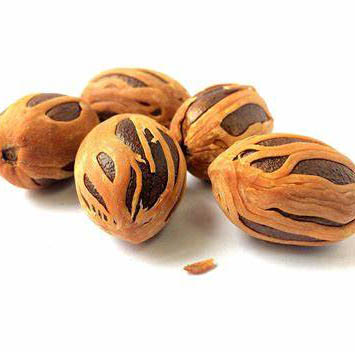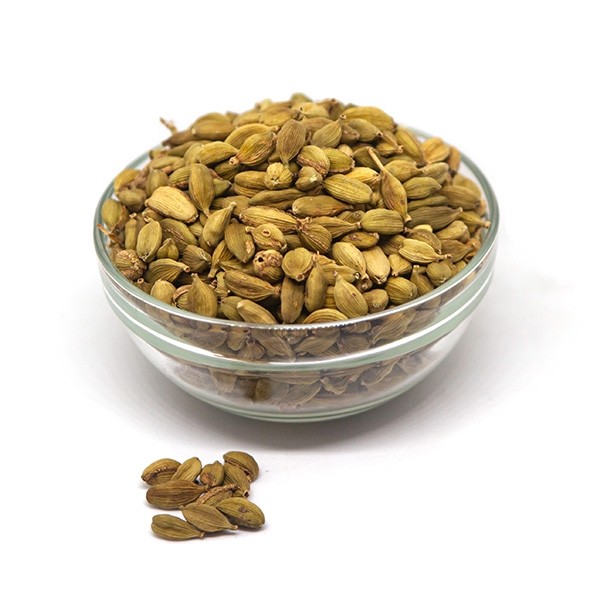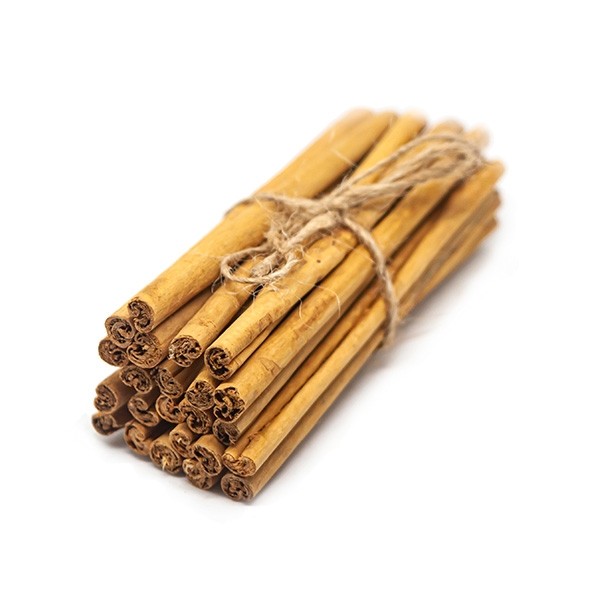- Email Us : info@celebrationholdings.lk
- Call : +94 112 412521
- Contact us
Spices and Herbs
Asia, most particularly Southeast Asia, has continuously been very popular for its spicy foods. The region’s cooks have dallied with the science of spices for centuries and are exceptionally experienced and utilized to cooking using spices. The fact that most flavors are cultivated around the tropical locales of Southeast Asia played a substantial role in this. Sri Lanka, the pearl of the Indian Ocean, has been the center of the spice exchange throughout the history.
Famous travelers such as Marco Polo (1254 – 1324) revealed information on spices from the East to Europe and they exposed the true state of Arabian trade. The era of exploration started in the 15th century when the European voyagers scanned across the globe, especially the East, in search of wealth which then was predominantly spices.
In 1505 a Portuguese Admiral, Lorenzo De Almeida was caught in a strong monsoon wind and accidentally landed on the South Coast of Ceylon (today known as Sri Lanka), and the source of true cinnamon was discovered. Thereafter another two maritime nations, namely the Dutch (1602 – 1796) and the British (1798 – 1948) vied for world trade superiority and took control of Ceylon, primarily to gain a monopoly of cinnamon supply to the west.
Benefits of common spices
- Black Pepper- Piperine has antioxidant effects, which means that it can protect us from harmful compounds that damage our bodies. Antioxidants keep our bodies healthy and fight off disease.
- Cinnamon - Cinnamaldehyde has anti-diabetic and glucose-lowering effects. These effects may promote steady blood sugar levels after a meal.
- Turmeric - Turmeric has anti-inflammatory properties. Moderate acute inflammation is fine, but chronic inflammation increases your risk of developing chronic diseases.
- Ginger - The active compounds in ginger are called oleoresins and are beneficial for improving digestion and relieving nausea.
- Clove - The eugenol found in cloves has also been shown to have anticancer properties.
A test-tube study found that eugenol promoted cell death in cervical cancer cells.


